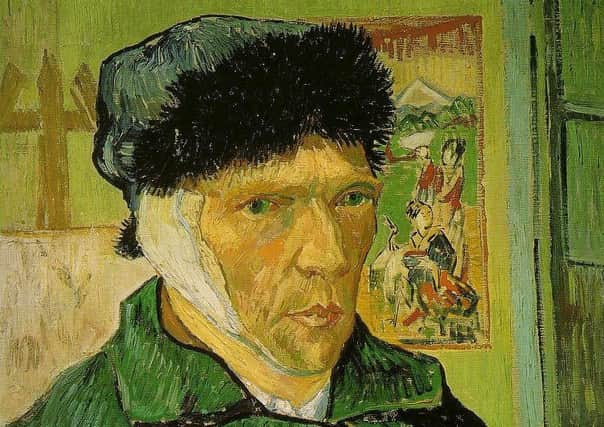Scientific technique to analyse paint goes inside Van Gogh's mind


Both are of the same subject, Vincent van Gogh’s bedroom at 2, Place Lamartine, Arles, Bouches-du-Rhone in France. And today, the two versions of Bedroom At Arles, painted a year apart, look much the same.
But peel away the surface using a technique called x-ray fluorescence spectrometry and striking differences emerge.
Advertisement
Hide AdAdvertisement
Hide AdIn the first painting, completed in 1888, the room was originally composed in cheerful, luminous colours – pale violet, yellow, scarlet, lilac and light green. The second version, painted after Van Gogh had fallen out with fellow artist Paul Gauguin and cut off a piece of his own ear, was darker and more sombre, so that the shade of violet chosen was almost blue.
It is housed at the Art Institute of Chicago, where a major new exhibition is bringing together both paintings together with a smaller third copy also completed by the artist.
Dr Francesca Casadio, an art conservation scientist at the Institute, whose team conducted the analysis, said: “They were painted a year apart between 1888 and 1889 when everything had changed. And it is reflected in the work.”